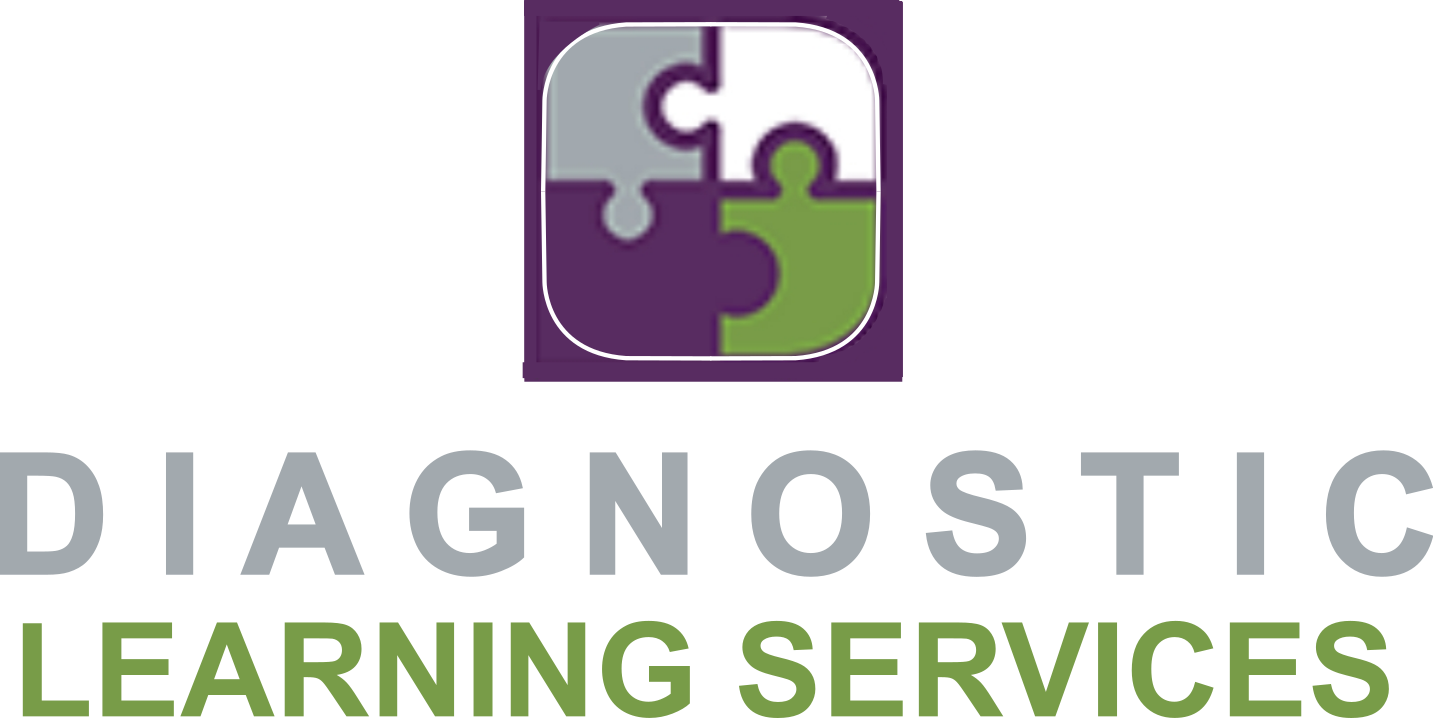What are the Signs of Dyscalculia?
More and more people are becoming familiar with Dyscalculia. While it sounds a lot like dyslexia, it is actually very different. Dyscalculia affects how we do math. With Dyscalculia, students and adults have trouble with counting, remembering math facts, and retaining math information. These difficulties can start at a young age. As a result, Dyscalculia can impact success in math throughout someone’s life.
So, how can you tell if you or your child has Dyscalculia? Here are a few signs:
Preschool
Trouble with counting and ordering numbers.
Difficulty with completing patterns and understanding things like biggest, smallest, or taller. .
Struggles to connect numbers with their names. For example, recognizing the number 5 as the word five.
Elementary
Has a hard time understanding math vocabulary like more than or equal to
Difficulty learning and recalling addition and subtraction math facts.
Uses fingers to count.
Has trouble understanding mathematical symbols and using them appropriately (+, -, x, etc.).
Does not understand that 3+5 is the same as 5+3
Middle School
Difficulties understanding and remembering formulas.
May avoid games that require numbers/math
Trouble understanding place value.
Misinterprets how to use measurement.
Struggles with learning and recalling multiplication and division math facts.
High School and beyond
Difficulties with money (making change, estimating a discount, figuring out a tip, etc.).
Trouble understanding charts and graphs
Has a hard time with multi-step calculations and knowing what to do first
Struggles with directions, distance, and speed
May get lost easily
May have a high level of anxiety related to math
If these describe you or your child, set up an appointment with Diagnostic Learning. We can help you determine if you may have Dyscalculia and how to get the right kind of help!
